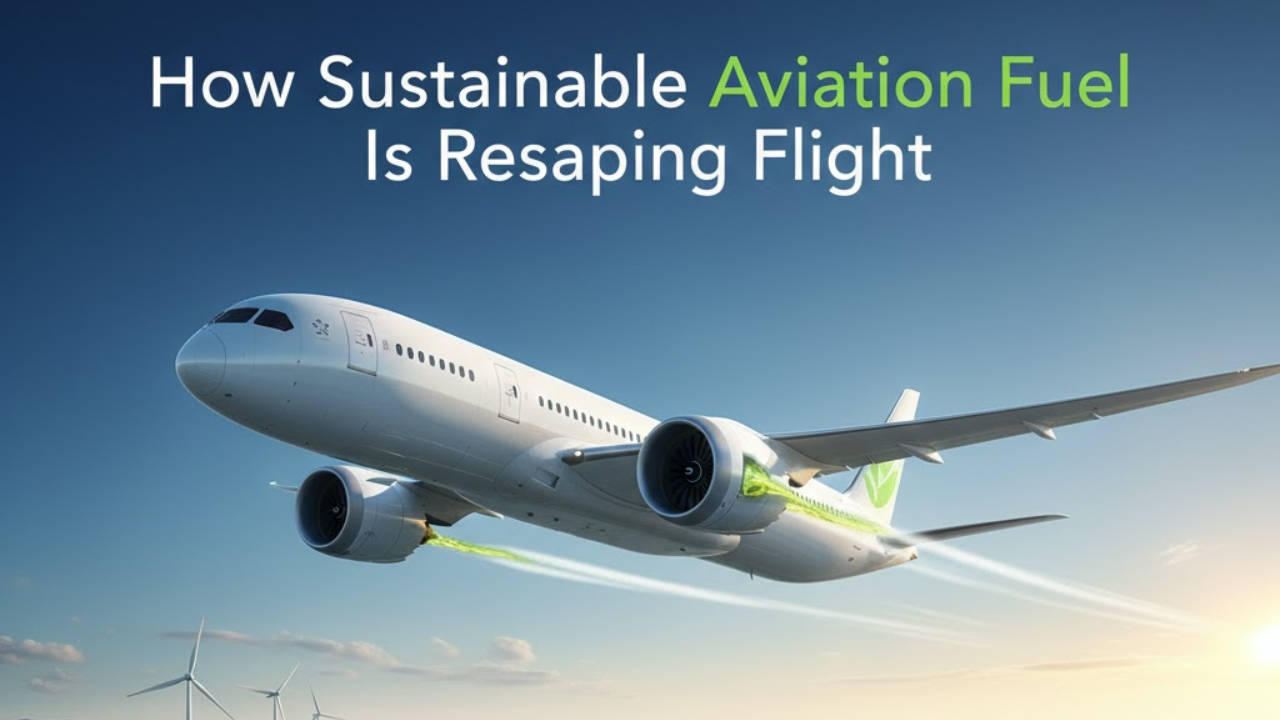
Post by : Meena Rani
As the urgency to decarbonize aviation grows, Sustainable Aviation Fuel (SAF) and alternative propulsion technologies are rapidly gaining attention. From waste-to-fuel innovations to policies mandating fuel blending, the race is on to replace or reduce reliance on conventional jet fuel. This article examines the current state, obstacles, and prospects of SAF, e-fuels, hydrogen propulsion, and more, along with the key trends shaping green aviation.
Commercial aviation accounts for around 2 % of global carbon emissions, yet its share of transport emissions is disproportionately high. Traditional jet fuel is carbon-intensive, and while electrification works for small aircraft, longer-range flights demand energy-dense solutions.
SAF offers a pathway to reduce life-cycle greenhouse gas emissions by up to 80 % compared to fossil jet fuel when produced sustainably. It is also “drop-in,” meaning it can be blended with conventional jet fuel without major engine modifications. Industry experts confirm there is enough sustainable feedstock globally to support net-zero aviation by 2050—if technology scaling and policy support accelerate.
However, the biggest bottleneck lies in scaling production and bridging the gap between technical feasibility and industrial deployment.
e-Fuel to SAF Conversion:
Researchers have successfully produced SAF using e-fuel made from hydrogen and captured carbon dioxide. This innovation bridges the gap between synthetic fuel production and sustainable aviation.
Financing & Contract Models for SAF:
To accelerate SAF growth, new financing methods such as forward purchase contracts, blended incentives, and carbon credit systems are emerging, encouraging both investors and airlines.
National SAF Programs:
Countries like Malaysia have achieved their first domestic SAF blending, showing a push for fuel independence and sustainable aviation capacity.
Mandatory Blending Mandates:
Governments are now mandating SAF blending for international flights, with many nations planning to enforce minimum SAF use by 2027.
HEFA / Bio-SPK & ATJ Pathways:
The most mature SAF production technologies include Hydroprocessed Esters and Fatty Acids (HEFA/SPK) and Alcohol-to-Jet (ATJ). These processes rely on waste oils, plant residues, and non-food biomass.
Power-to-Liquid / Synthetic Fuels:
Power-to-Liquid (PtL) fuels, or e-fuels, combine green hydrogen with captured CO₂ to create synthetic hydrocarbons. These fuels promise higher scalability and purity but remain costly and energy-intensive to produce.
Hydrogen Propulsion & Hybrid Systems:
Hydrogen offers zero carbon emissions during flight and is increasingly being tested in hybrid powertrains that combine hydrogen fuel cells, lithium-ion batteries, and aluminum-air systems for regional aircraft.
High production cost: SAF is still several times more expensive than fossil jet fuel, creating economic barriers.
Infrastructure challenges: Large-scale production requires refining upgrades and co-located facilities near airports.
Feedstock competition: Waste oils and biomass are in high demand across multiple industries, limiting supply.
Regulatory complexity: Certification for new aviation fuels involves rigorous testing to ensure safety and compatibility.
Policy uncertainty: Lack of consistent incentives discourages private investment.
Scale limitations: SAF currently represents less than 1 % of global jet fuel consumption, making scaling the biggest challenge.
Blending mandates and quotas to ensure consistent demand.
Public-private partnerships to accelerate production and finance SAF projects.
Book-and-claim systems allowing airlines to claim SAF usage even if physically supplied elsewhere.
AI-driven optimization in fuel production to lower costs.
Integration with carbon capture technologies to achieve near-zero lifecycle emissions.
Hydrogen-electric hybrid testing to explore fully emission-free propulsion for regional and short-haul aircraft.
SAF and green propulsion are essential pillars of aviation’s journey toward net-zero emissions by 2050. The global feedstock potential and technological maturity are promising, but the pace of progress depends on stronger policy support, financial innovation, and international cooperation.
As the industry evolves, early adopters—nations and companies investing in SAF plants and hybrid propulsion systems—will set the benchmark for sustainable air travel. The focus is no longer on whether aviation can go green, but on how quickly and effectively it can transform.
Disclaimer:
This article is for informational purposes only and does not constitute investment, legal, or professional advice. The aviation industry evolves rapidly, and readers are advised to verify facts and developments from reliable sources before drawing conclusions.
sustainable aviation fuel, SAF, green aviation, decarbonization, e-fuel, aviation emissions, hydrogen aircraft, aviation sustainability, alternative fuels

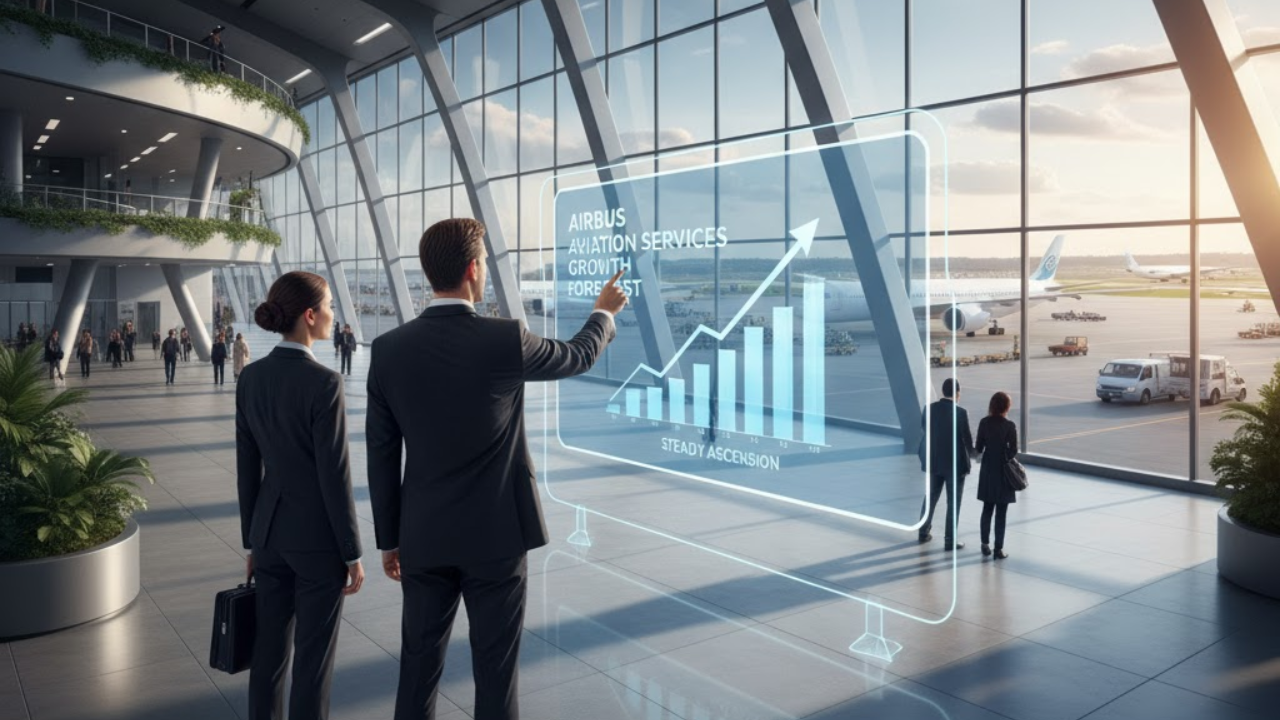


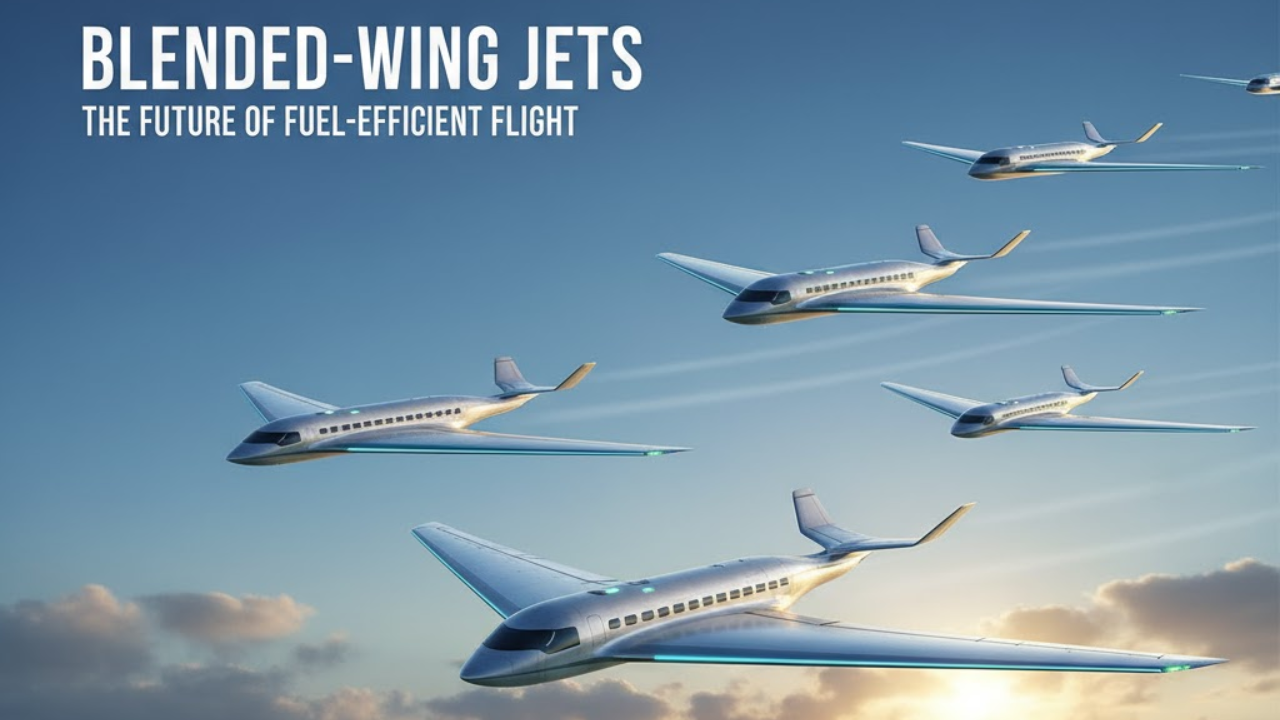
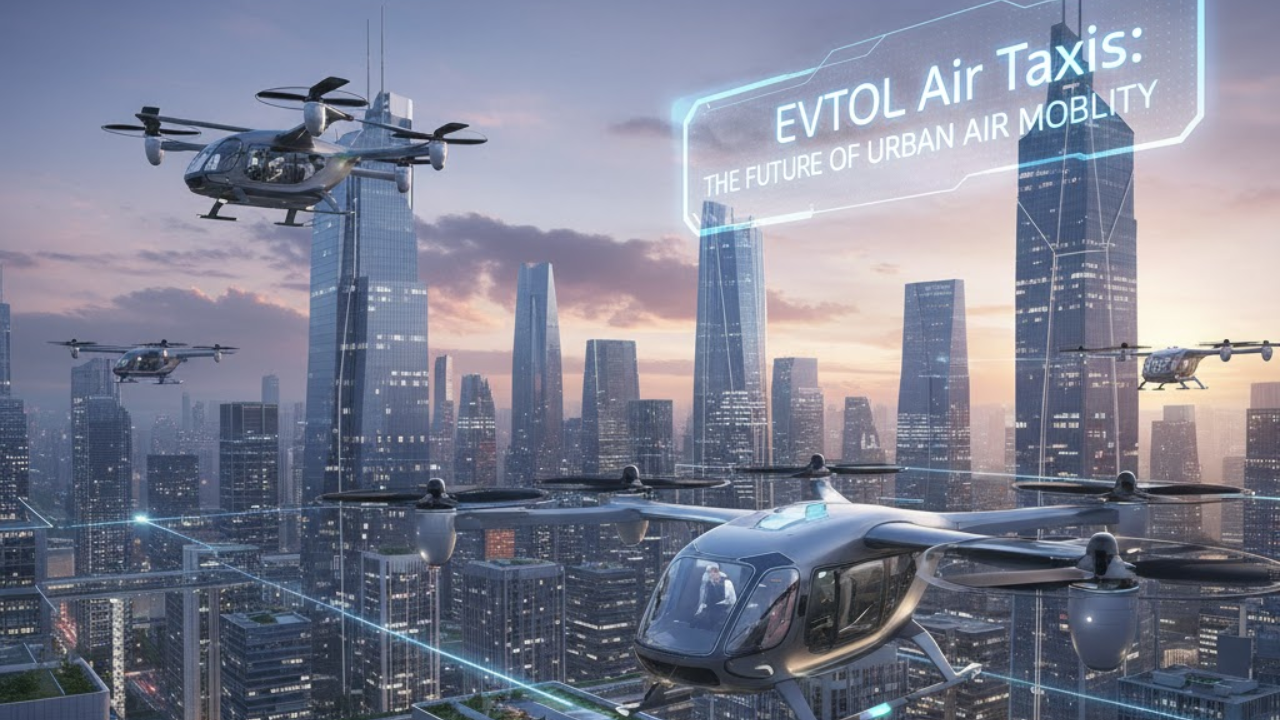


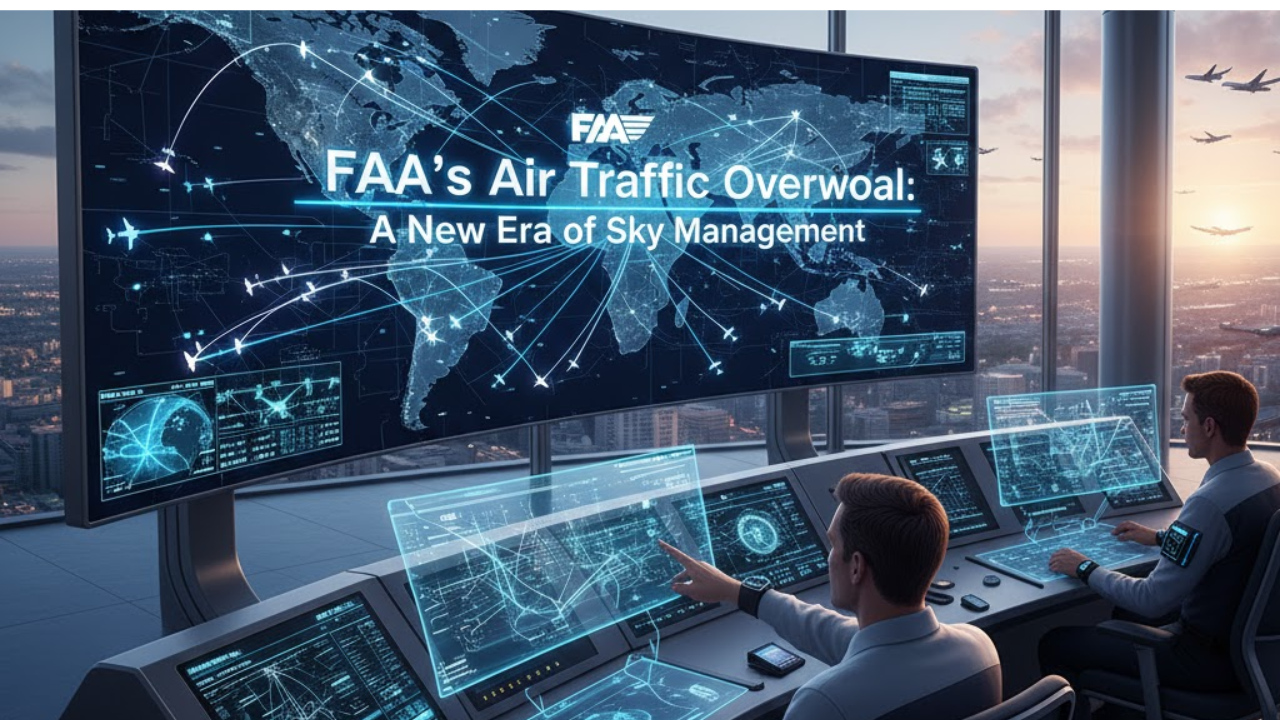

Bengaluru-Mumbai Superfast Train Approved After 30-Year Wait
Railways approves new superfast train connecting Bengaluru and Mumbai, ending a 30-year demand, easi

Canada Post Workers Strike Halts Nationwide Mail and Parcel Services
Canada Post halts operations as CUPW strike disrupts mail and parcel delivery nationwide amid disput

PM Modi Launches BSNL ‘Swadeshi’ 4G Network, 97,500 Towers Built
India enters global telecom league as PM Modi inaugurates BSNL’s indigenous 4G, connecting 26,700 vi

India’s Iconic MiG‑21 Takes Final Flight After Six Decades of Service
After 60 years India retires its MiG‑21 fighter jet, a legendary yet controversial warplane marking

Hindustan Zinc unveils AI hotspot monitoring at Debari smelter
Hindustan Zinc launches AI-powered Switchyard Hotspot Monitoring at Debari smelter to cut outages bo

Chinese experts worked inside sanctioned Russian drone plant
Chinese drone specialists visited IEMZ Kupol supplying parts and drones via intermediaries, deepenin